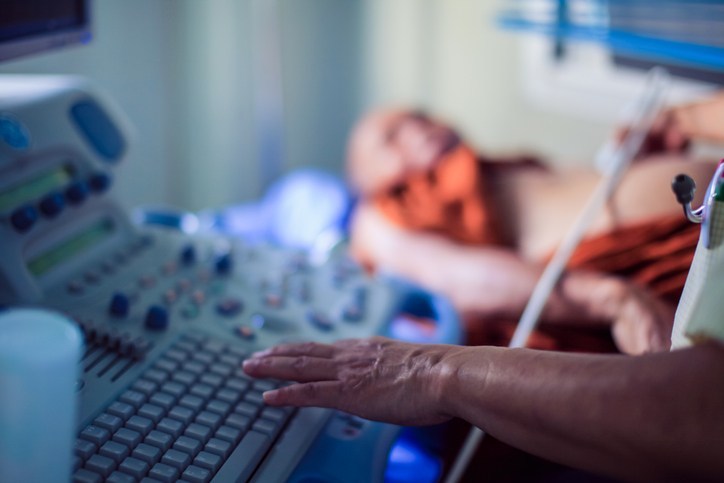 All patients who undergo a cardiac procedure at the Aortic Disease Center are placed on a list. After discharge, these patients are systematically followed via a robust post-operative tracking system. Issues that crop up are spotted fast.
All patients who undergo a cardiac procedure at the Aortic Disease Center are placed on a list. After discharge, these patients are systematically followed via a robust post-operative tracking system. Issues that crop up are spotted fast.
“Our follow-up program ensures that patients aren’t lost in translation after their surgeries. We call patients frequently and perform routine whole-body CT scans, MRIs and echocardiograms,” said Tsuyoshi Kaneko, MD, Surgical Director of the Aortic Disease Center at the Brigham.
It’s a strategy that has shown promise in clinical research. A 2010 study of patients with acute aortic dissection showed that post-operative tracking led to improvements in quality and favorable outcomes, including a lower complication rate.
At the Aortic Disease Center, Dr. Kaneko recently operated on a patient with an aortic dissection. Several weeks after the surgery, he spotted a leak at the site of a surgical anastomosis. The patient’s aorta was at risk for rupture. And yet, no symptoms.
“We were carefully following this patient, and we caught the aneurysm before rupture. We operated immediately, and the patient made a full recovery. Without such meticulous follow-up, we might not have noticed the leak, and the outcome could’ve been fatal,” said Dr. Kaneko.
Hybrid approach: Treating aortic disease with traditional and minimally invasive techniques
Aortic disease patients are complex and often high-risk. At the Aortic Disease Center, such patients typically receive a hybrid approach to care, that combines both traditional open-heart aortic surgeries and minimally invasive techniques. As an example, Dr. Kaneko recently treated a complex aneurysm with open heart surgery followed by a stent graft surgery.
Patients of the Center also benefit from the expertise of multiple specialists, including cardiac and vascular surgeons, cardiologists and interventional radiologists. This is a departure from the traditional approach to treating aortic disease—evaluation and treatment by a single specialist, typically a cardiac surgeon.
“The Aortic Disease Center doesn’t have silos. Specialists come together as a team. We review options from various skill sets and perspectives. By combining our expertise, we give the patient more options,” said Dr. Kaneko.
Another patient of Dr. Kaneko’s, a 40-year-old man with Marfan’s Syndrome, had undergone multiple heart operations, including an aortic root surgery and mitral surgery. When he visited Dr. Kaneko, his aortic arch was dissected, and his descending aorta was near rupture.
The hybrid approach to cardiac care began with a traditional total arch replacement. Afterward, Dr. Kaneko teamed up with Matthew T. Menard, MD, a vascular surgeon and Co-Director of Endovascular Surgery, to perform an “elephant trunk” technique. The combined expertise of two cardiac specialists led to the patient’s full recovery.
“Our multidisciplinary approach to treating aortic conditions produces more knowledge, more ideas, more options. To do that, however, everyone has to have the right attitude. Fortunately, we have great personalities at the Aortic Disease Center. All our physicians have the right attitude and the teamwork creates something really special,” said Dr. Kaneko.